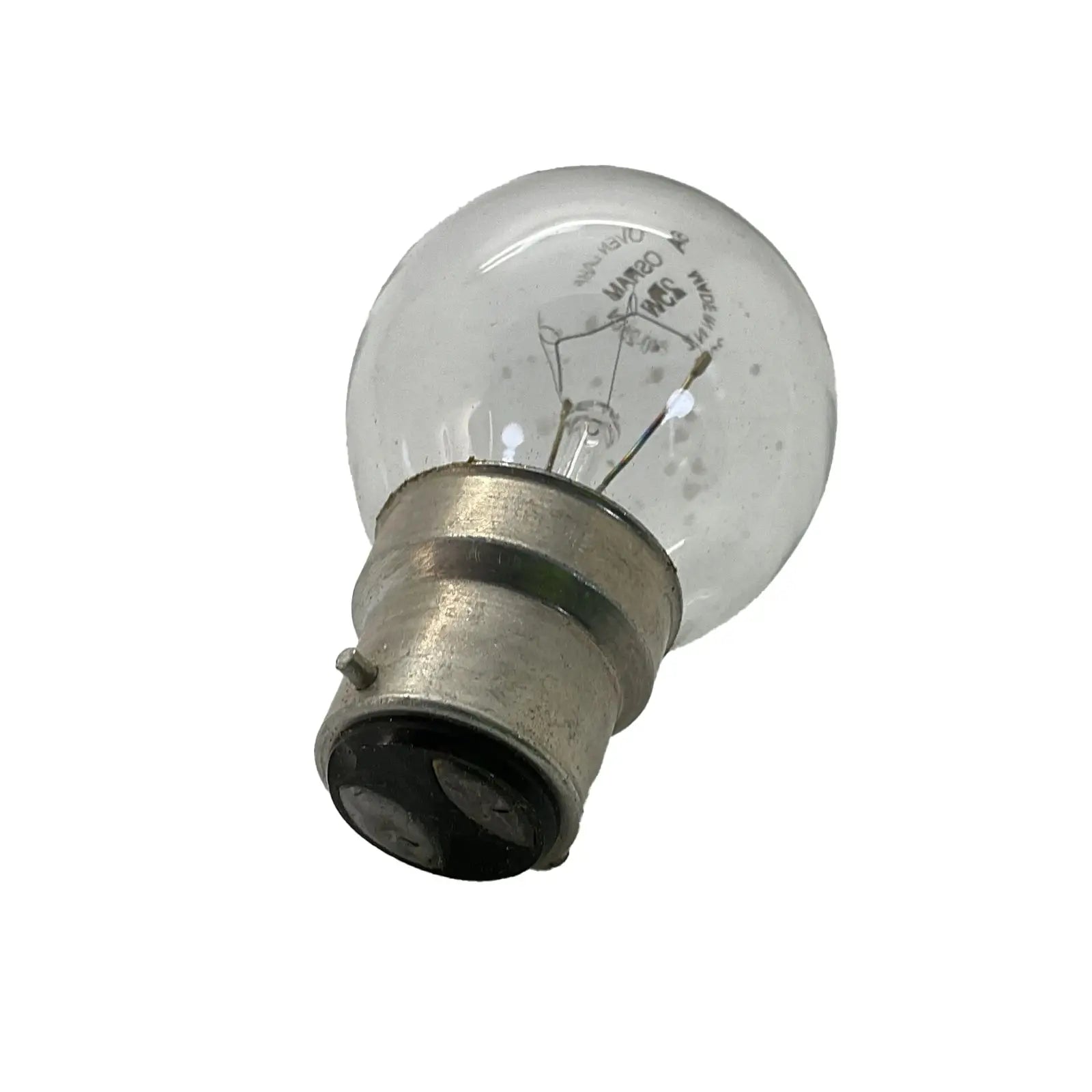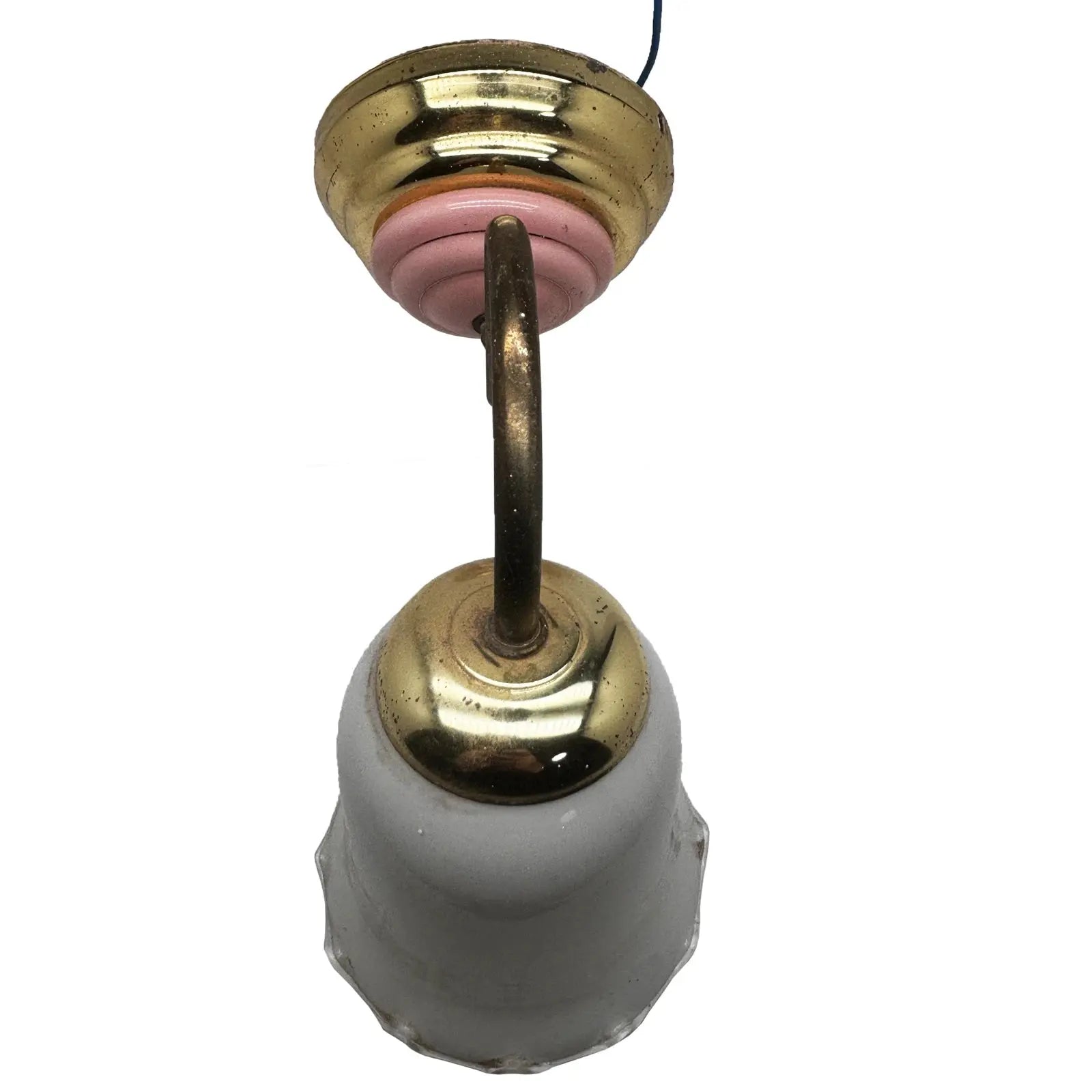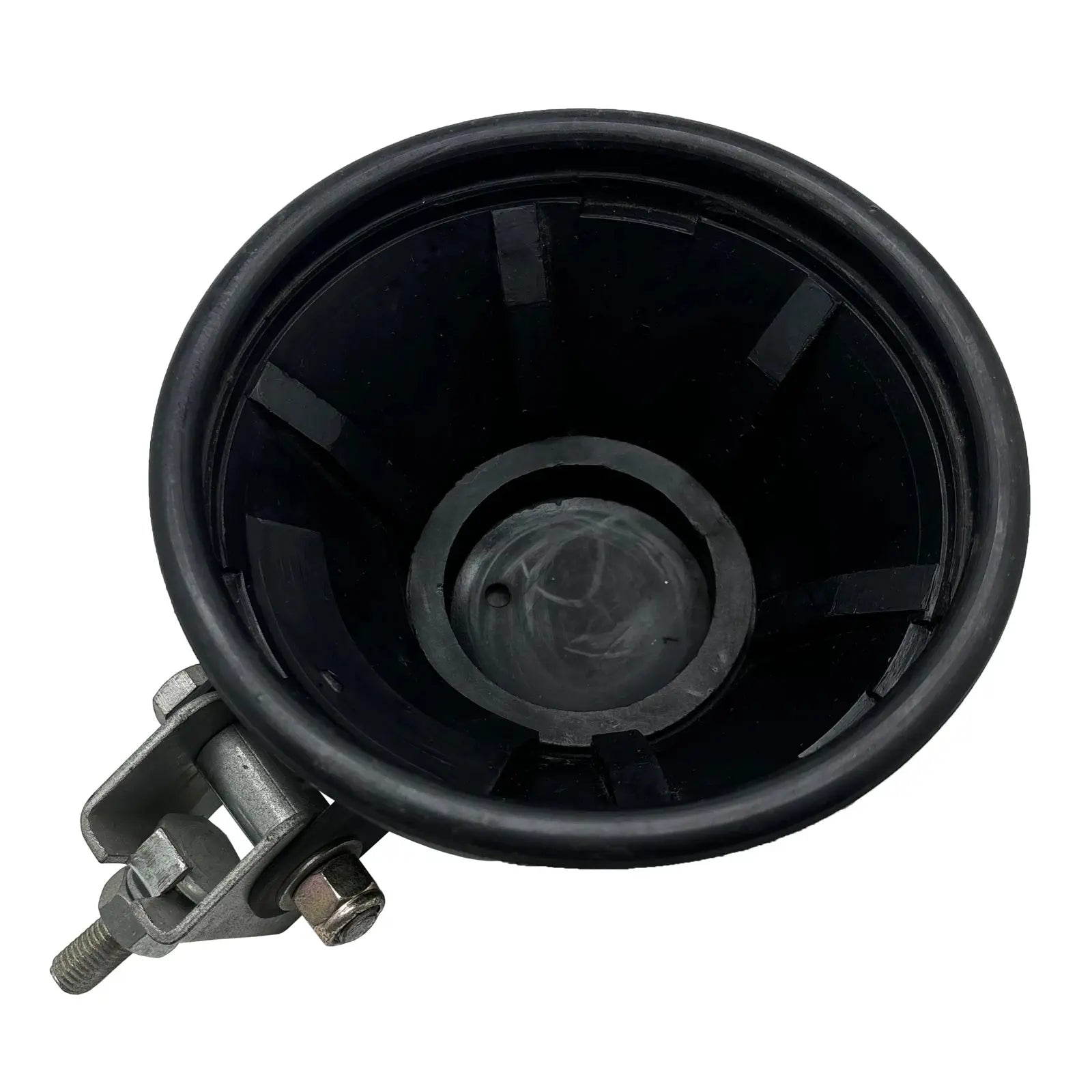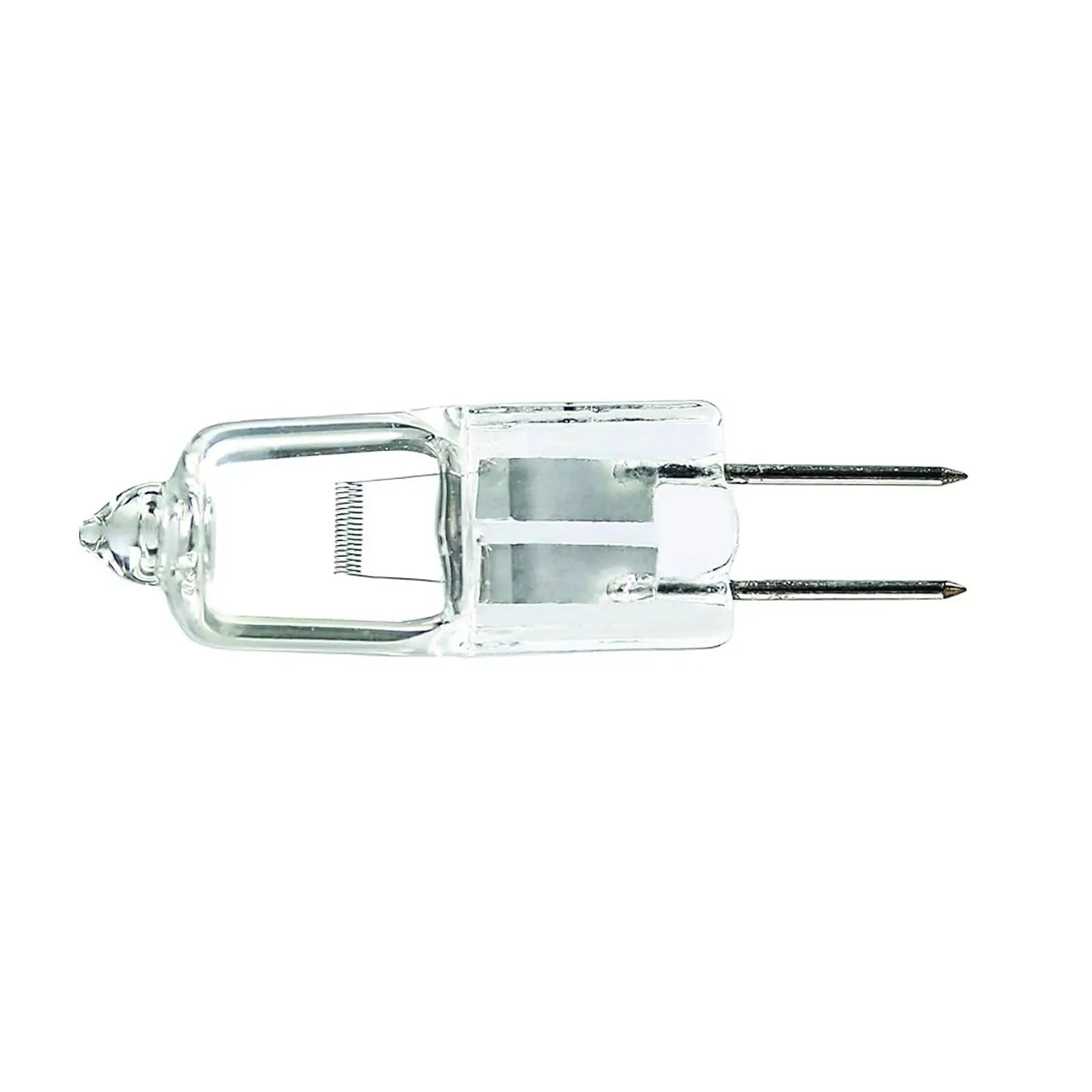
Lamps
46 products
Showing 1 - 46 of 46 products

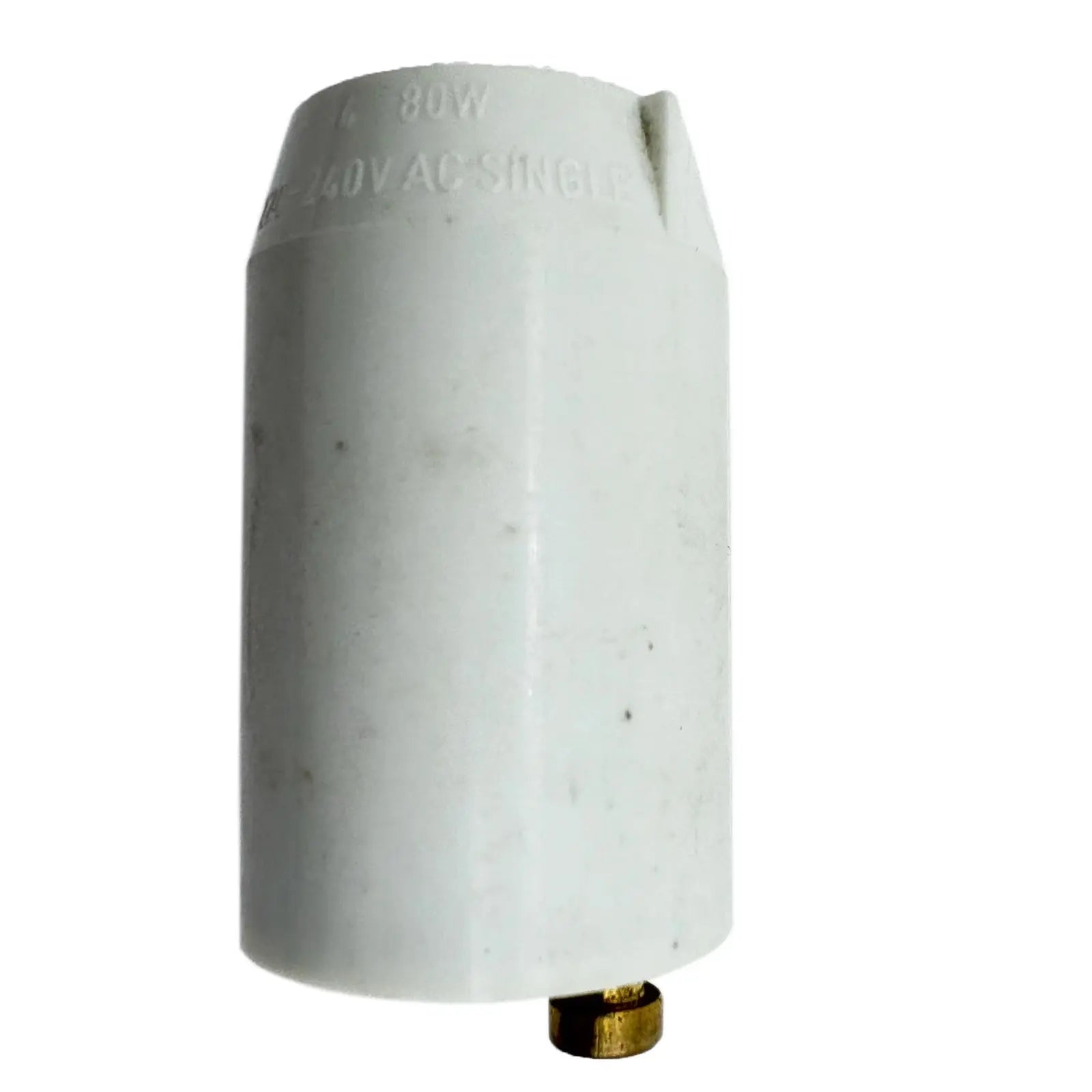
















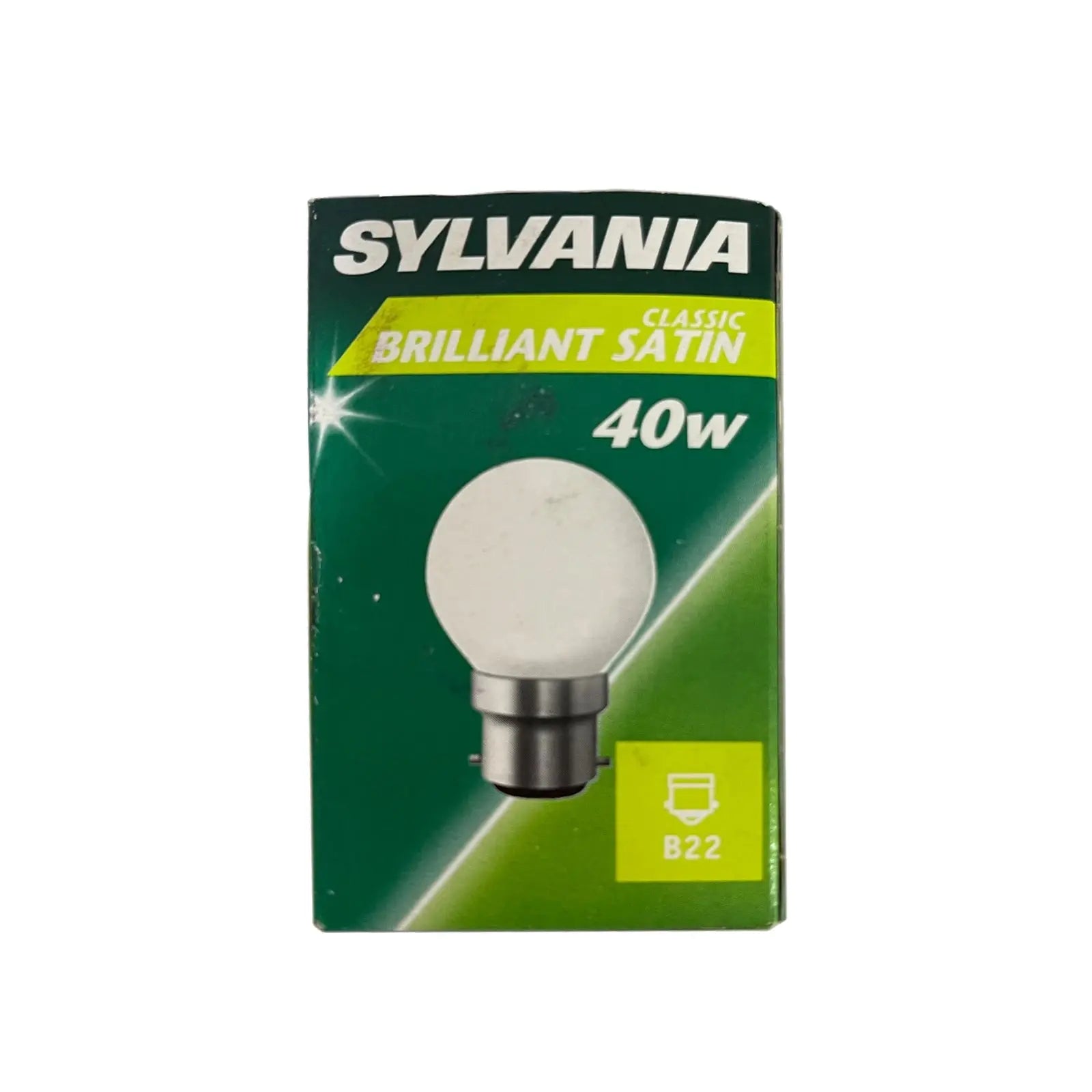

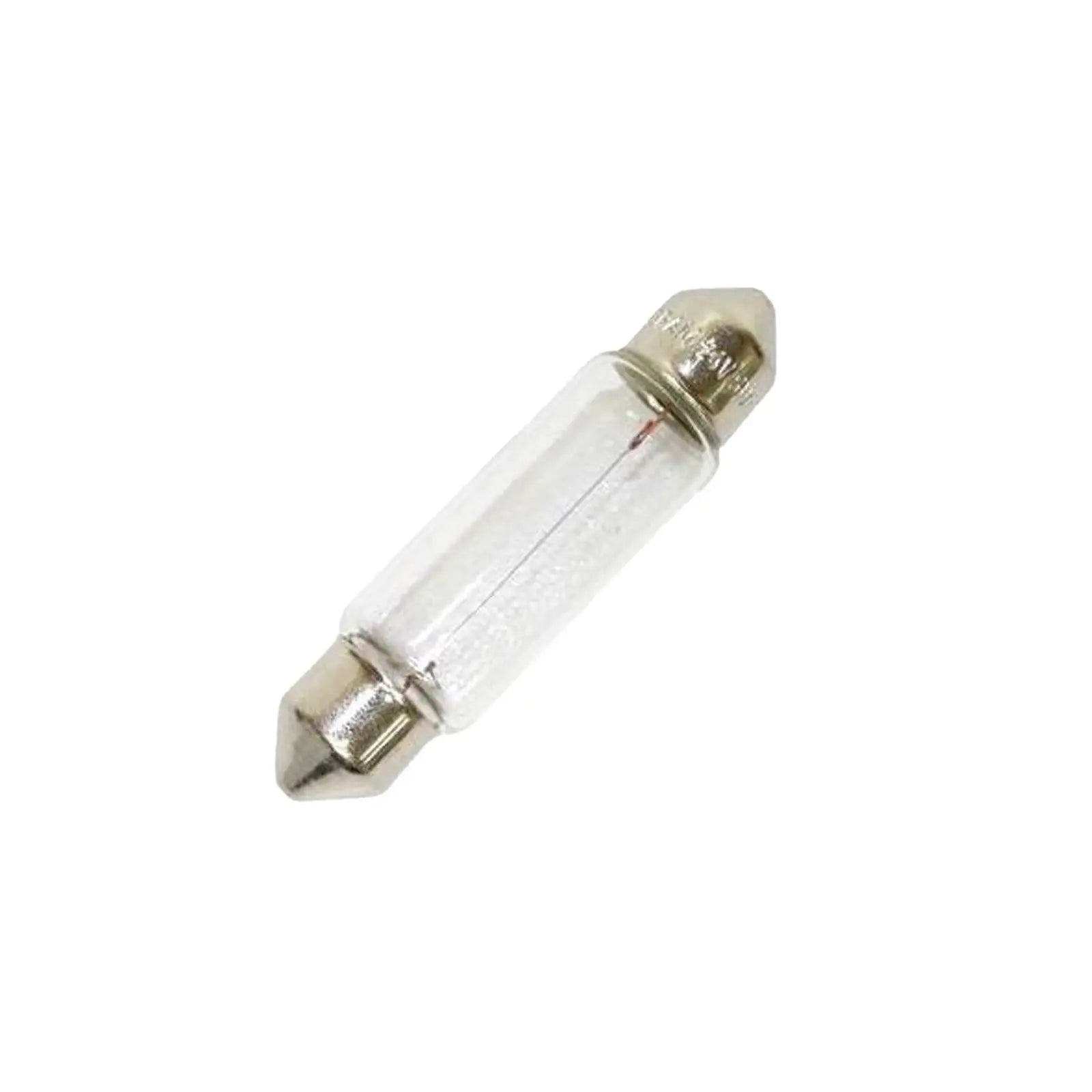

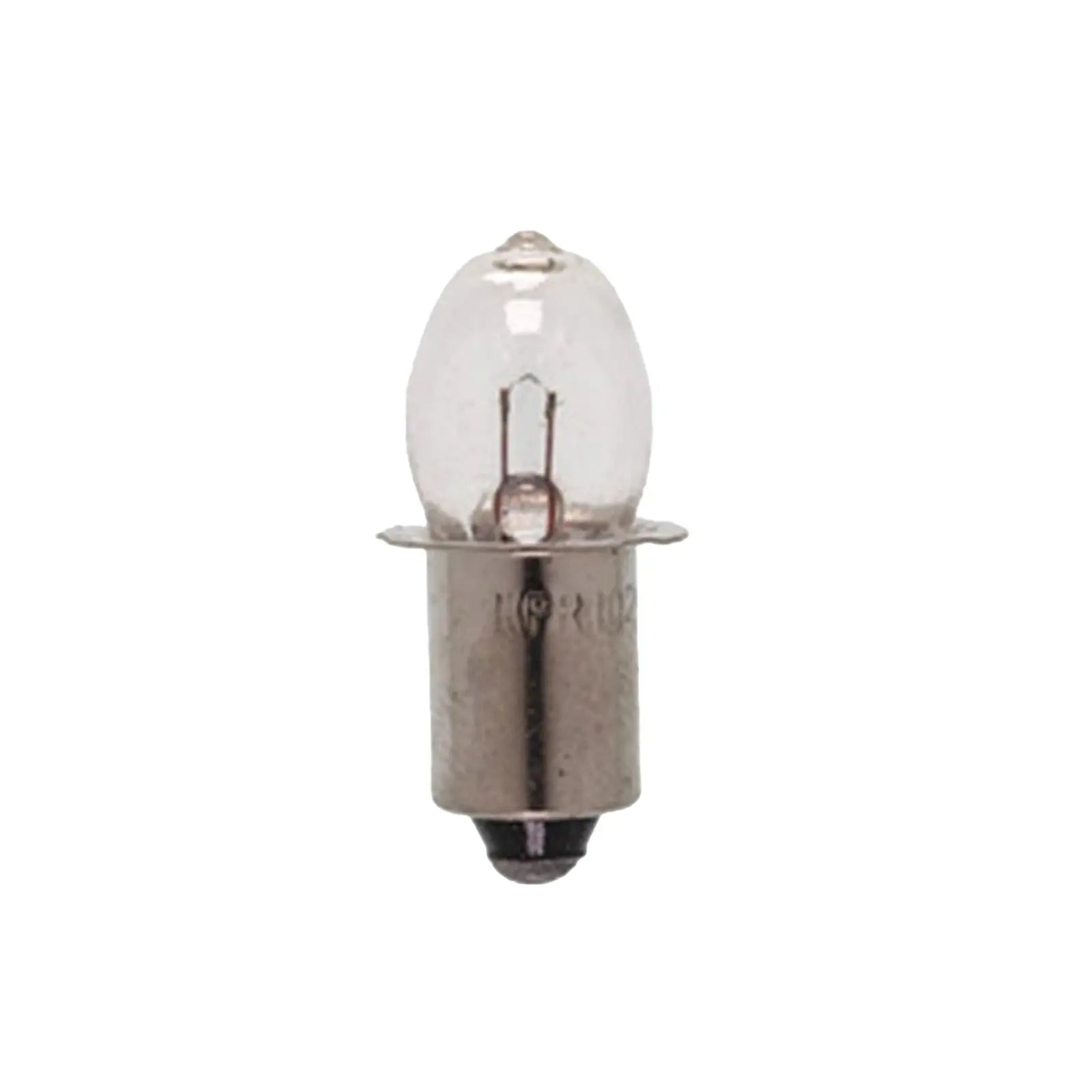








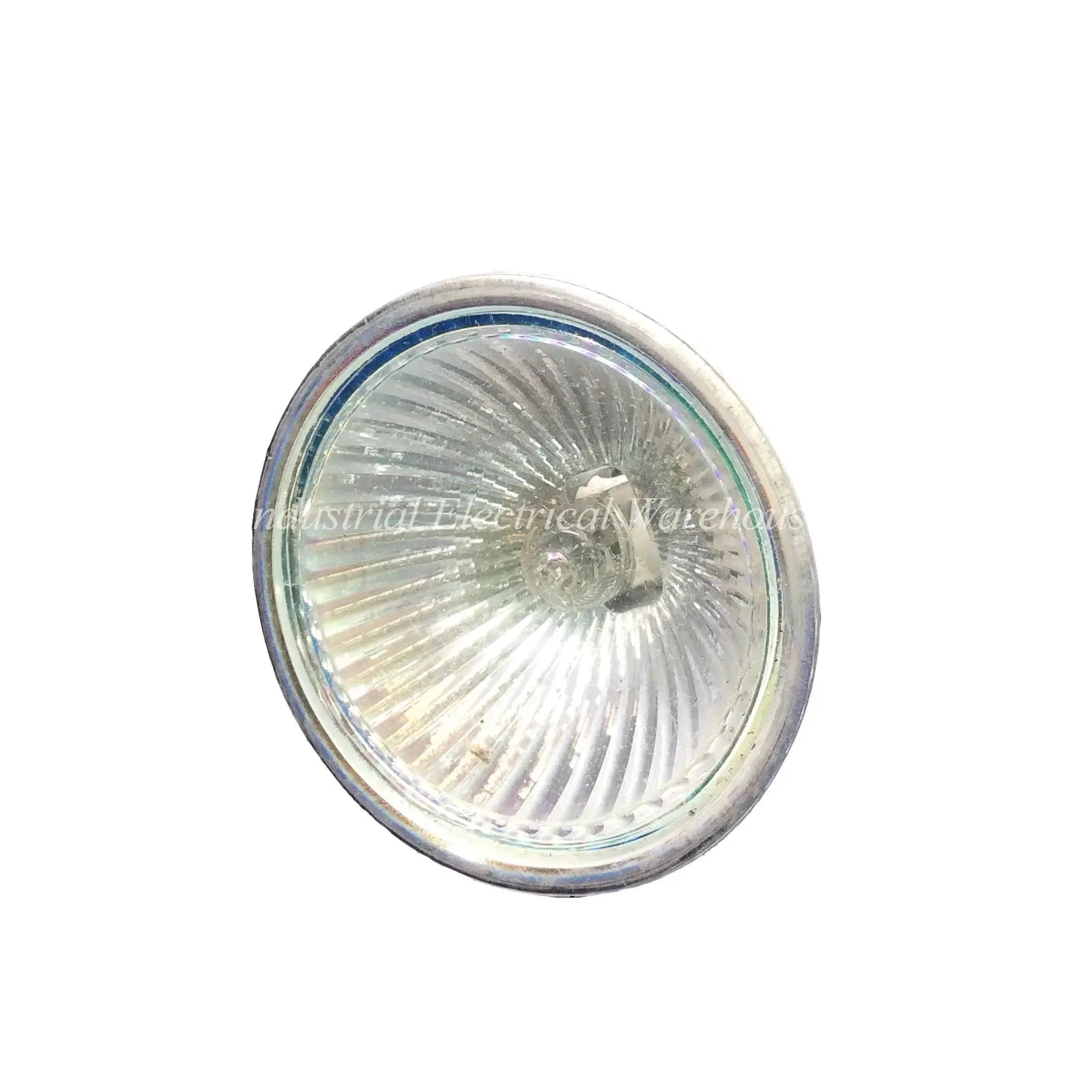

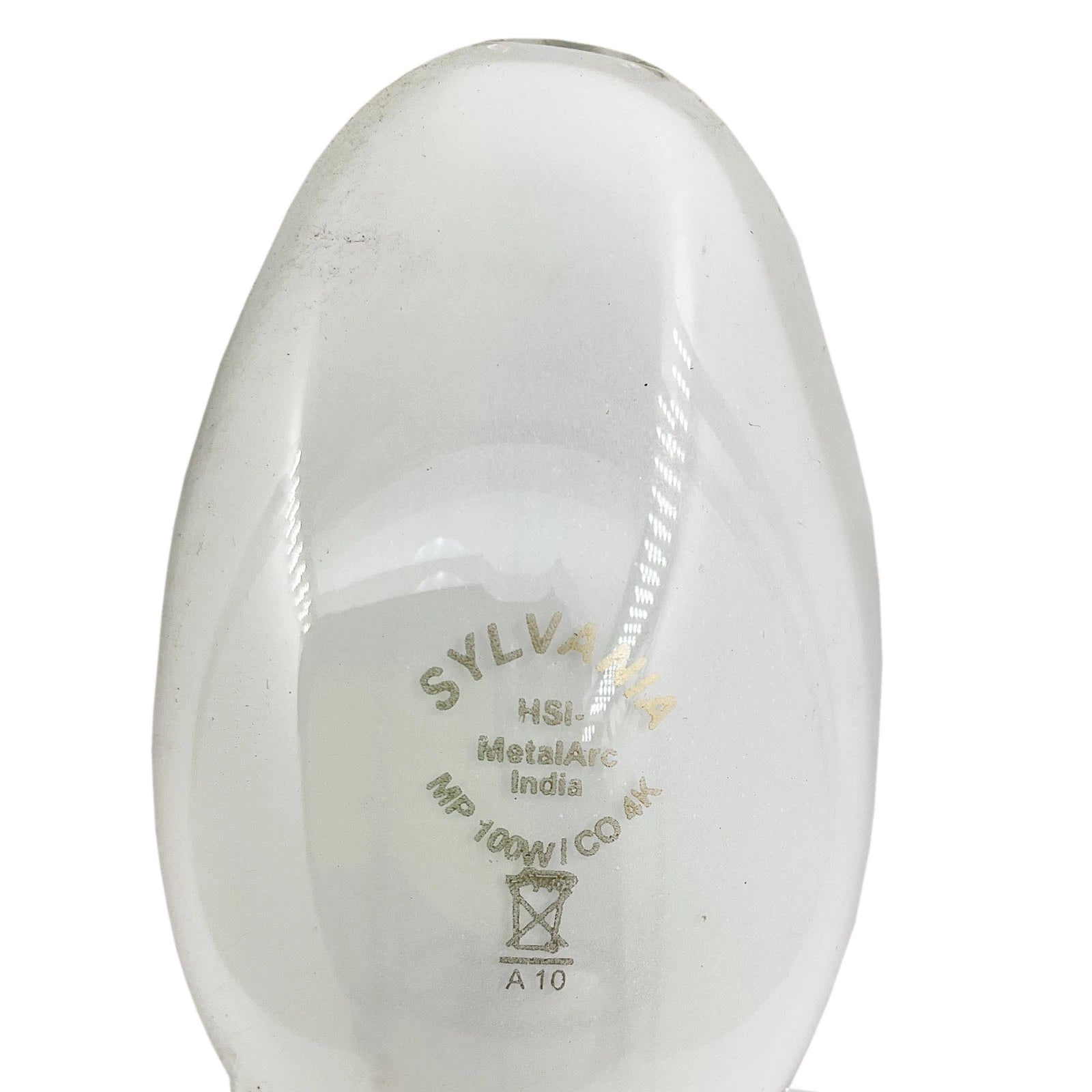


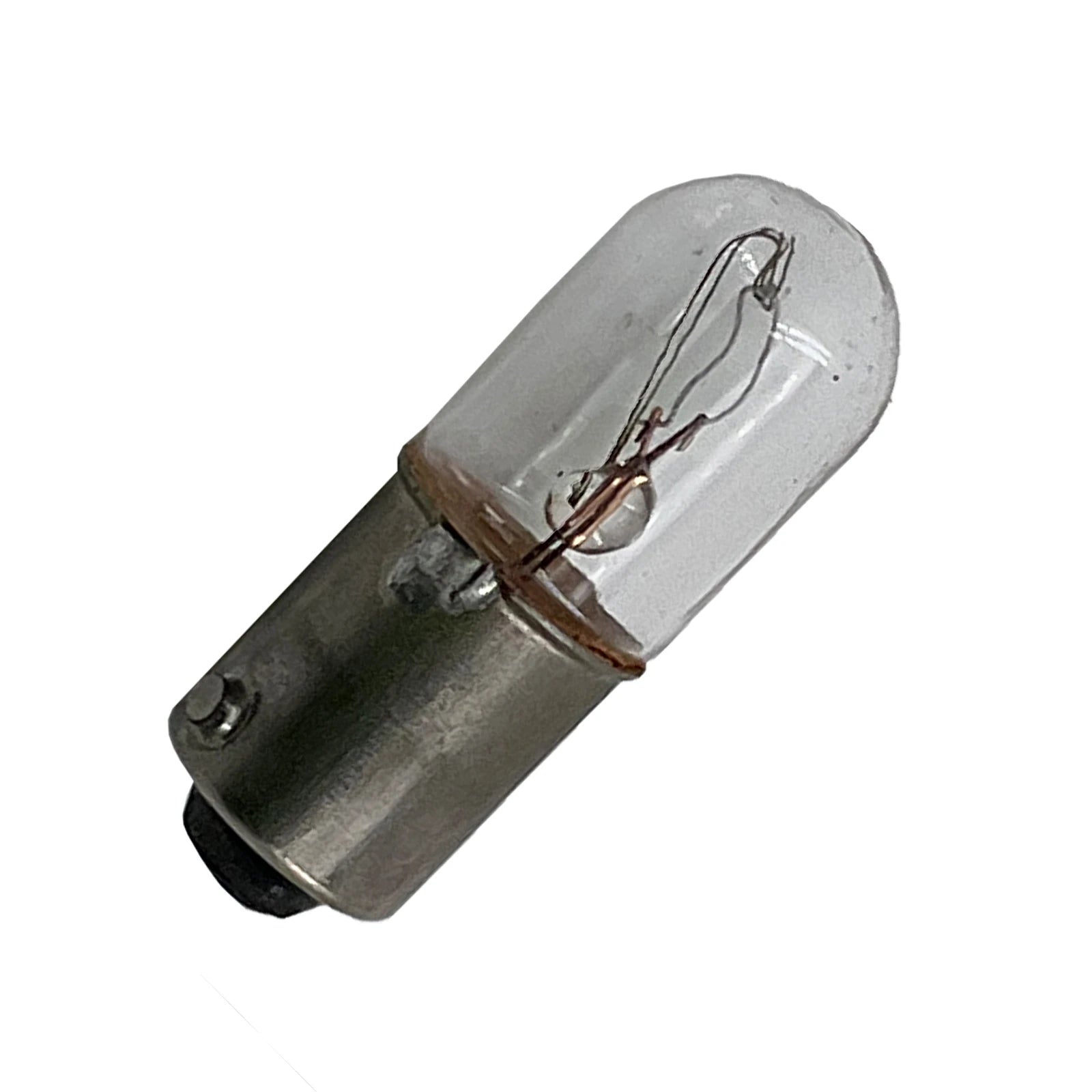

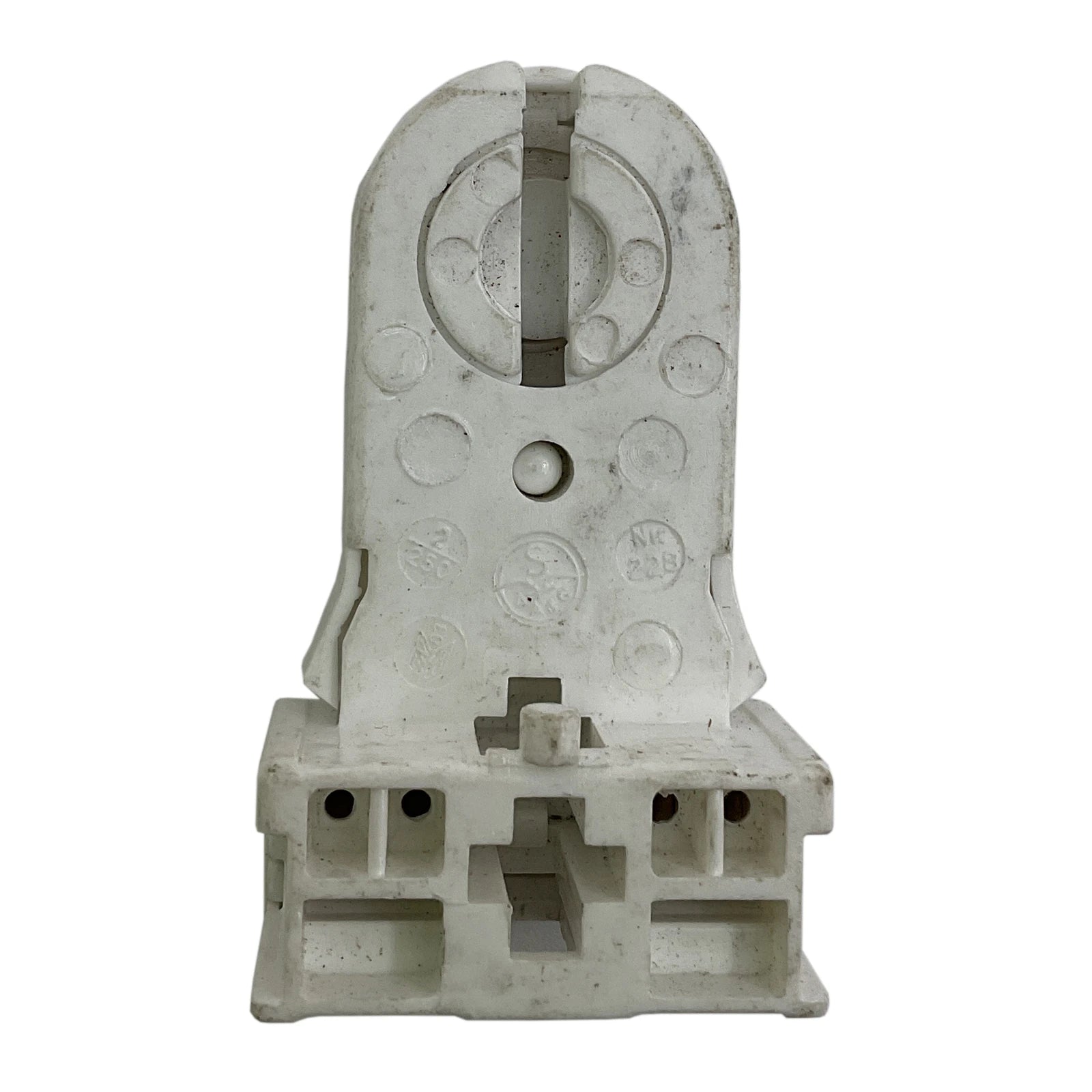



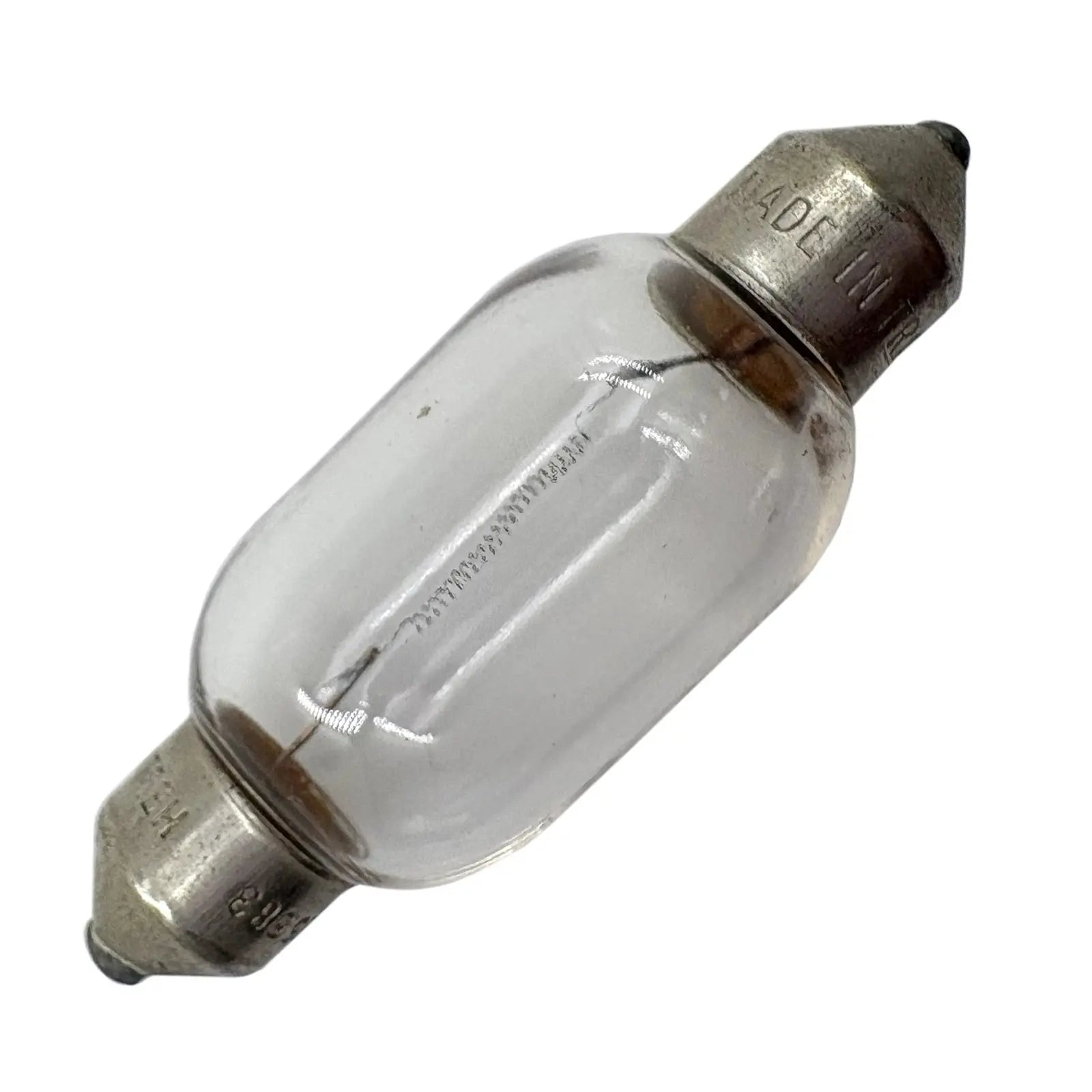



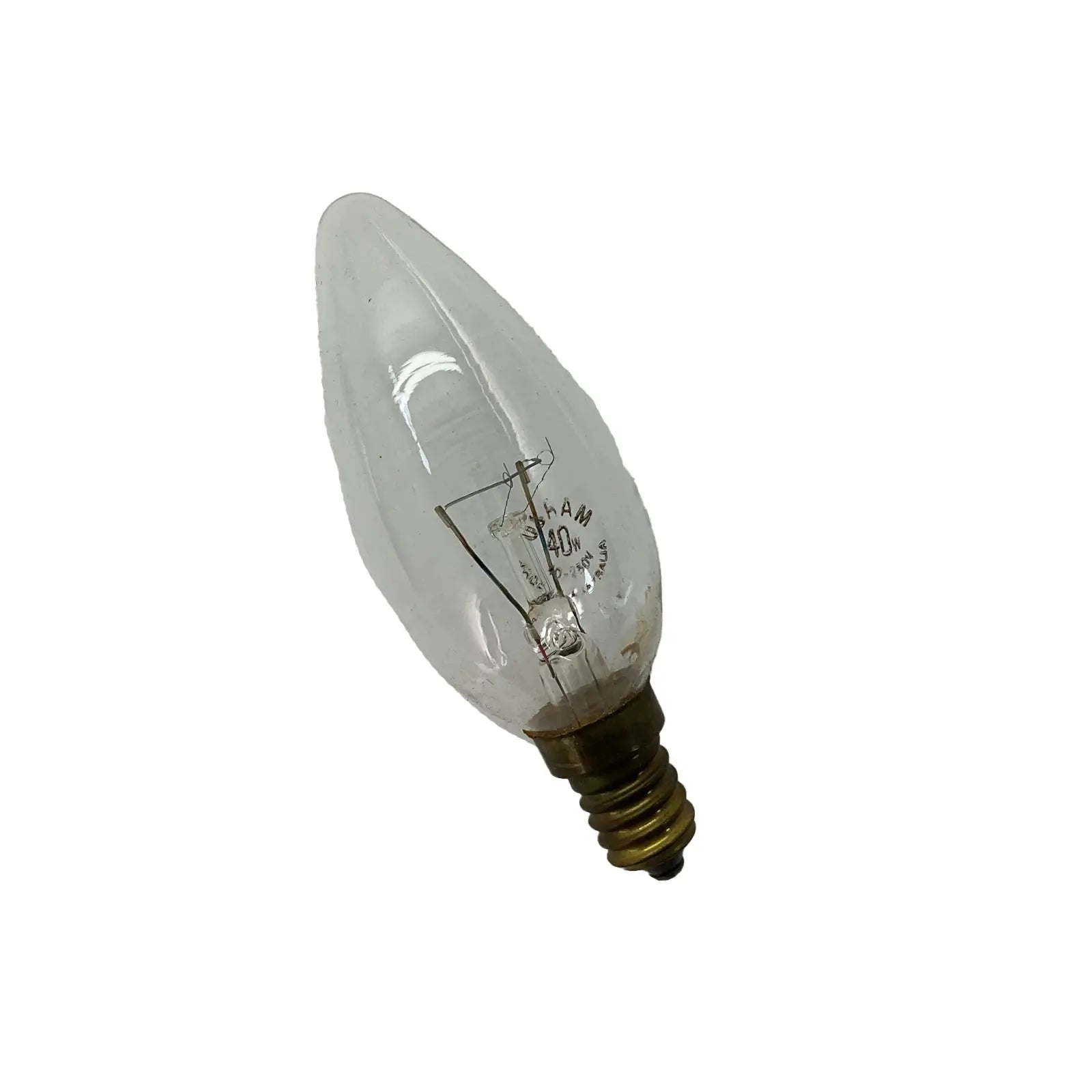


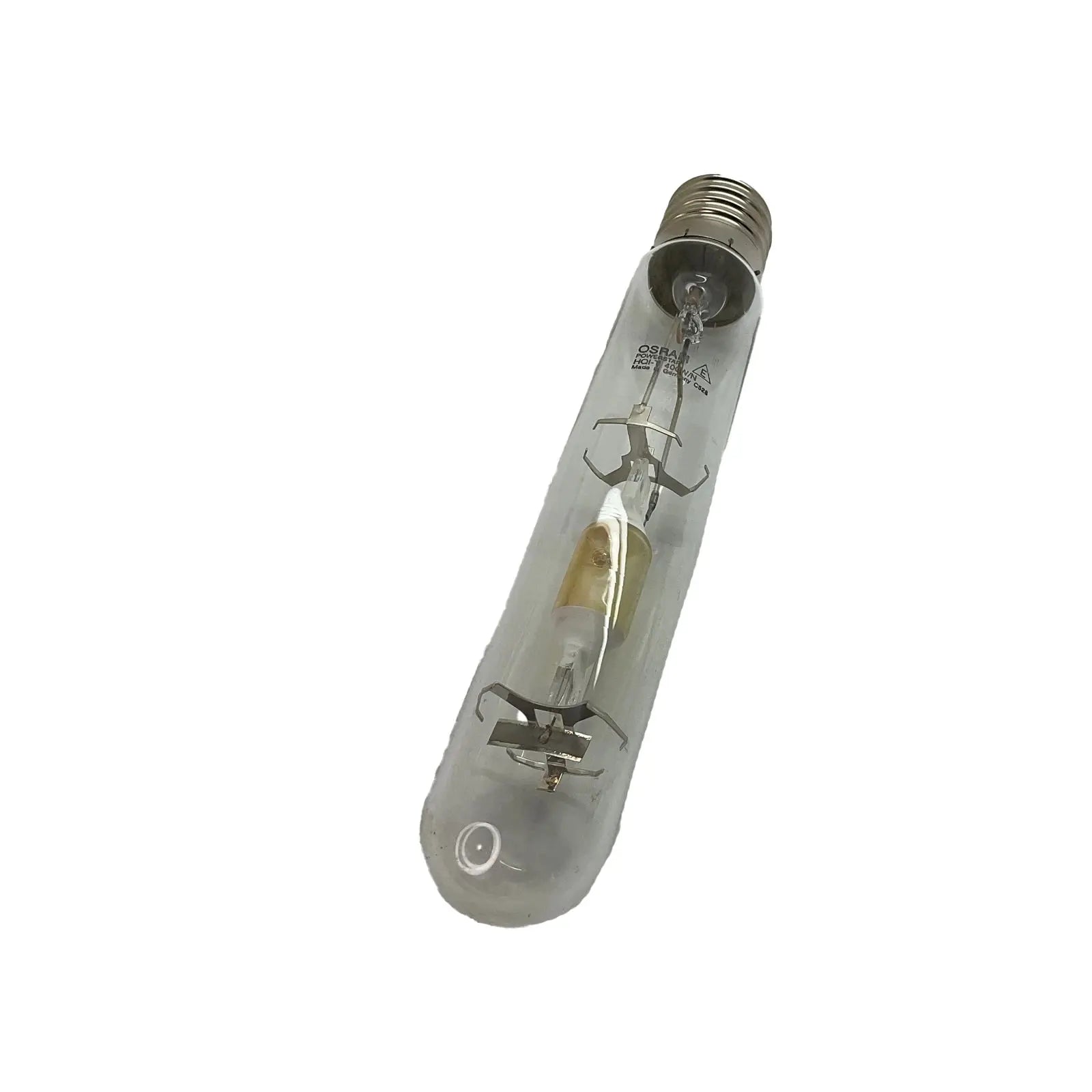


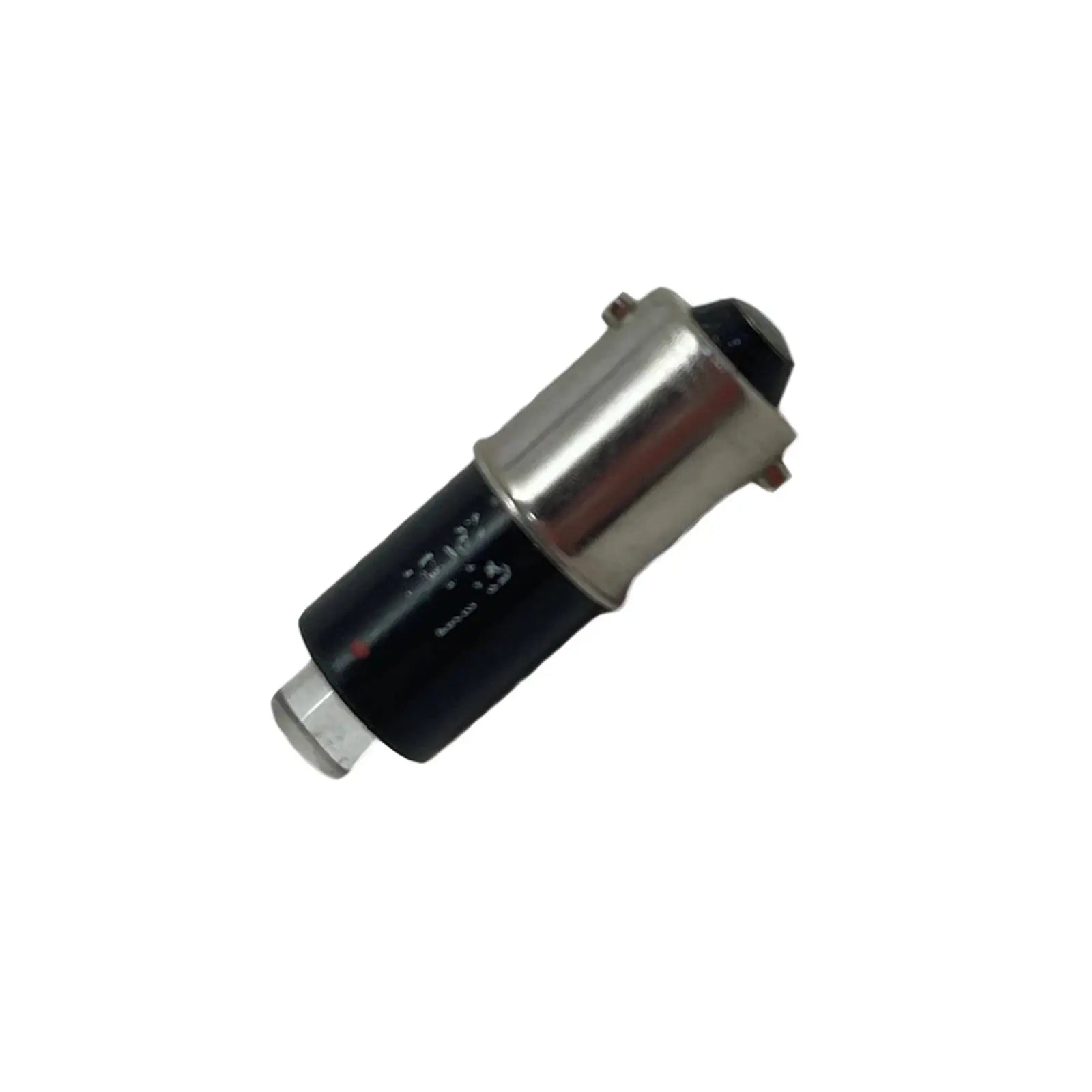



Illuminate Every Space with Our Premium Lamps Collection
Discover our diverse selection of high-quality lamps designed to suit a wide range of residential, commercial, and industrial lighting needs. From energy-efficient LED lamps to traditional incandescent and halogen options, our collection features reliable lighting solutions that deliver consistent performance and brightness. Whether you're upgrading your workspace, replacing a burnt-out bulb, or completing a new installation, our lamps offer superior illumination, longevity, and energy savings.
We stock lamps in various shapes, bases, and wattages to fit everything from task lighting to large-scale fixtures. Built with quality materials, our lamps are engineered for safety, durability, and optimal light distribution in demanding environments.
Whether you're an electrician, contractor, or facility manager, you’ll find the perfect lighting solution in our curated range. Trust our lamps to light up your space with efficiency and dependability. Shop now for quality lamps at competitive prices and fast shipping.
Looking for bulk orders or need help choosing the right lamp for industrial solution? Our team is here to assist with custom quotes, product recommendations, and technical guidance. Whether you're an electrician, contractor, or business owner, we offer tailored solutions to meet your needs.
📩 Contact Us or chat with us live for instant assistance!
Explore Our Monthly Madness Deals Collection!
Don't miss out on **huge savings** across our store! Check out the best deals in:
Explore these categories now and grab the best deals before they're gone!
- All Products in Our Range – Top-quality products handpicked for you.
- Best Sellers – Customer favourites and high-demand items.
- Watts Hot Deals and Sales – Limited-time discounts on must-have products.
- Watts New – Fresh arrivals and the latest innovations.
-
All Collections – Explore everything we have to offer.
Explore these categories now and grab the best deals before they're gone!
Don't forget to Check out our Massive Markdowns While Stocks Last!
Recently viewed
Watts Current Newsletter
Stay connected with the latest industrial electrical products, exclusive deals, and expert updates.
Sign up now and never miss out


















